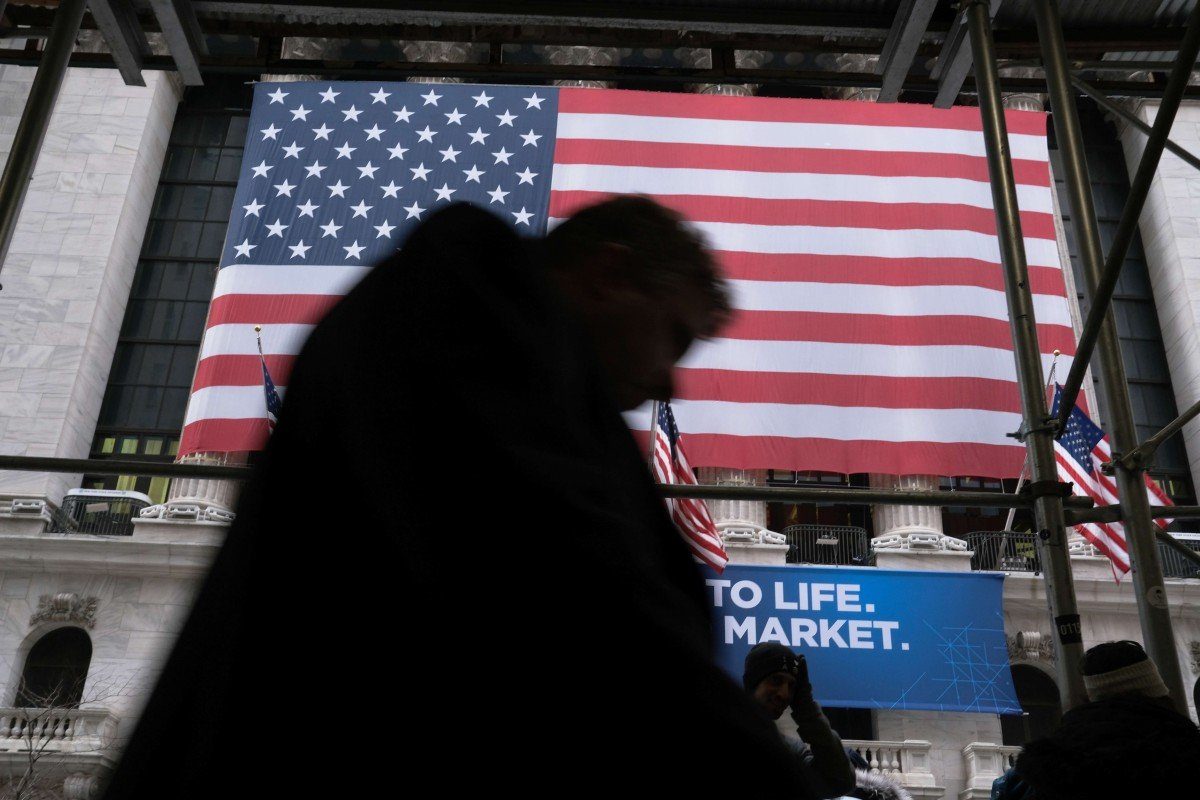
Back in 2007, signs of a market collapse were evident in overpriced shares, investor complacency, and fast-sprouting hedge funds and brokerage accounts. China was then an emerging economic power with ample debt capacity to cushion the world's fall.
But both China and US got their responses to the global financial crisis wrong. Rather than stimulating consumption that still lags, China stimulated investment despite its industrial overcapacity. The US stimulated consumption (remember "cash for clunkers"?) rather than investing in new technologies, worker retraining and still creaking infrastructure.
Each wasted US$4 trillion in fiscal stimulus doing what the other should have done. Central bankers came to the rescue with now long-in-the-tooth monetary stimulus that is setting the stage for our next downturn.
Rounds of quantitative easing later, the US M2 money supply has doubled. Likewise for the European Union. China's M2 has increased fivefold and other central bankers have tagged along.
With so much money circulating, it's no surprise that real asset values denominated in diluted currencies have soared, with real estate, commodity and share prices setting historic highs.

When CNN asked me in 2012 about a big bank fine, I said it was the "new normal". Since then, big banks have attracted some US$250 billion in fines, their balance sheets remain undercushioned, and their misdeeds feature in headlines daily.
Today, the euro zone remains as structurally untenable as Milton Friedman predicted back in 1997. A big-dues-paying EU member - Britain - just exited and, as Angela Merkel's grip weakens, Germany won't want to bail out more. In the Middle East, ancient conflicts endure. In Asia, Africa and South America, new and old tensions simmer. China's economy, which comprised nearly 20 per cent of global gross domestic product last year, is slowing, dragging down trading partners, and China's debt-to-GDP ratio now exceeds Greece's.
Then there are financial risks arising from current accounting for intangible assets and derivatives. Much like dark matter - some 85 per cent of all matter that physicists say is missing from the universe - an estimated 80 per cent of US listed company assets are missing from their balance sheets due to a lack of safe legal harbour for reporting intangibles like trademarks, digital content and customer lists.
This makes it challenging to reliably estimate asset and investment returns fundamental to investment decisions and efficient capital allocation.
Equally eye-popping is the US$600 trillion worth of derivatives - over six times global GDP - that appear in financial statement footnotes but not on balance sheets due to "netting" that assumes counterclaim matching and liquidity that won't exist during the next financial crisis, as for the last.
Derivatives of such magnitude mean that even small mismatches will cause instant insolvency for many firms, among them some big banks.
Already, the highly contagious 2019-nCov is circulating widely, portending a profound global impact on public health, consumer spending, logistics supply chains, capital investments, country politics and markets.
Also apparent is financial market complacency fuelled by a bet that central banks will keep interest rates low as long as economies are weak. A daring dance, you might say, with many investors thinking they'll dash from the dance floor when the music stops.
If we learned anything from the global financial crisis, it is that trading strategies used by everybody don't work when everybody uses them. Add trade wars, global warming effects and fair value accounting that will pass resulting losses through earnings, and it's easy to panic.
My view is that, in the longer run, new technologies in the right hands will bail us out after a market dip. While triggers for dips are difficult to predict, one thing is certain: central bankers face a dilemma.
They need to raise near-zero interest rates to equip themselves for the next downturn and mitigate distorting effects of low interest rates on real asset values, investments, savings and income equality. Yet, by doing so, they risk causing a downturn, as they have done before.
So my prediction is that, unless one of the candidates above triggers a market collapse before they do, central bankers will. As I said in 2007, consider selling soon.
Gary Biddle is professor of financial accounting at the University of Melbourne and teaches at Columbia University, London Business School and the University of Hong Kong.



Here is an article version by John Adams [Link] from his website.
And here is the YouTube article featuring both economists as discussed above [Link]